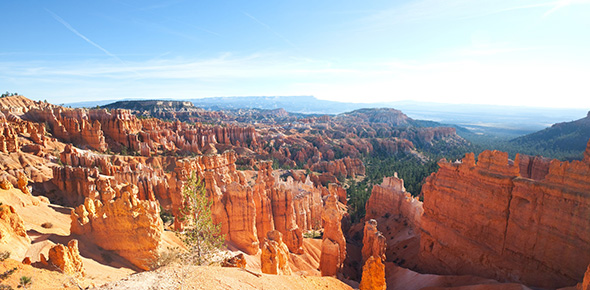Related Flashcards
Cards In This Set
| Front | Back |
|
Weathering
|
is the general term applied to the combined
action of all process that cause rocks disintegrate physically and decompose
chemically due to exposure near the Earth surface.
|
|
Regolith
|
A surface layer of
weathered rock particles that lies above solid, unaltered rocks. (Weathering
produces this)
|
|
Mass wasting
|
downhill movement created by gravity creates downhill
movement of soil and earth but without the movement of water and ice.
|
|
Physical weathering
|
Also known as mechanical
weathering produces regolith from massive rock by the action of forces strong
to fracture rock.
|
|
Frost Action
|
Repeated growth and melting
of ice crystals in pore spaces of soil and rock fractures
- causes joints which is bedrock cut into a system of fractures |
|
Block separation
|
The process of separating rock
along joints and bedding planes
|
|
Talus
|
Loose fragments that
detaches from bare rock cliffs that fall to cliff base, talus slopes are where
production of is rapid and accumulate
|
|
Salt Crystal Growth
|
-
is weathering process of rock disintegration
by the growth of salt crystals in the rock pores. Happens in dry climates
responsible for caves , rock arches, and pits
|
|
Capillary Action:
|
Move groundwater to the
surface of the rocks
|
|
Unloading
|
Process that relieves the
confining pressure on underlying rock, occurs as erosion of overlying layers
brings rock near the surface
|
|
Sheeting structure
|
-
type of jointing that are created
by crack in layers that are more or less parallel rot he surface
|
|
Exfoliation zone
|
 Sheeting structure forms over top a single large knob or hill of a massive rock |
|
Chemical weathering
|
processes in its discussion of mineral alteration (dominate process
of chemical change affecting silicate minerals are oxidation, hydrolysis, and
carbonic acid action)
|
|
Hydrolysis &
Oxidation:
|
-
decomposition by hydrolysis and
oxidation changes the minerals of strong rock into weaker forms that are rich
in clay minerals and oxides
|
|
Acid action
|
-
weak acid forms when carbon
dioxide dissolves in water (rain, soil water, and stream). Sedimentary rocks
like marble and limestone are very susceptible to this. This process causes
cupping, grooving and fluting intricate designs
|






